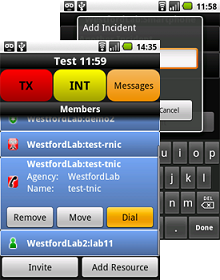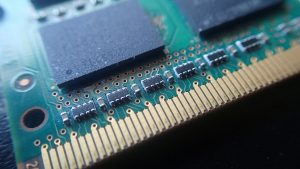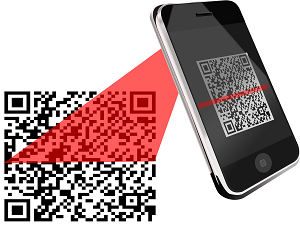The beginning of a New Year is the perfect time for companies to sit down and evaluate what is working in their organization and what is not. Companies need to be asking themselves real questions about the current state of their company, what will be the main corporate IT goals for 2015 and how they intend to implement them. Since no New Year’s resolution is of any use without an implementation plan, we’ve prepared a list of some of the top priorities for 2015 from CIOs and an implementation plan for how you can put your resolutions into practice in 2015.
All Categories
First Responder Mobile Workstation
The goal of the project was to develop a production version of the First Responder Workstation application. The application was initially implemented by PSA Inc. as a demo application to create and manage incidents for an agency such as fire departments, police, hospitals or government bodies in response to real world events, including life threatening situations. The application is designed to create networks of interoperable communications, providing text, audio, video, data and telephone connectivity in a secure environment. Continue Reading
SSD Self-Test Diagnostic Framework
The main objective of the SSD Self-Test Diagnostic Framework project, performed for one of the world’s leading semiconductor companies, was to develop the diagnostic framework and a set of real-time performance optimization routines to be used during the manufacture and quality verification of each newly produced enterprise SSD.
The verification needed to be performed before the drive leaves production to the buyer’s facilities. A large subset of diagnostics were used for optimization of NAND flash access algorithms to substantially prolong drive lifecycle. Continue Reading
Blood Culture System Software Extension
The primary objective of FX Software Extension was to port existing Zinc-based software used on a fully automated medical blood culture system from VxWorks to Windows 7 platform. As part of the project, FX Hardware Simulator environment was utilized to emulate FX instrument hardware. In order to accomplish the task, we modified and adjusted Zinc libraries for Win7 environment.
As well, we added some new features to the FX. Specifically, we wanted to offer multi-language support, including the Chinese and Japanese languages, on-screen keyboard and debug console, changing drivers for barcode scanner, communication ports, reports and dynamic screen sizing. All these were added on as new features. Continue Reading
InfoCentre Mobile Barcoding Project
Our Mobile development team was tasked with a project to develop a mobile barcode reader application for iOS and Android platforms. The purpose of the application was to create an app for scanning a defined QR code and obtaining information about physical objects associated with this code. Along with the scanning function the application provided features of user’s authentication and server configuration. Continue Reading





